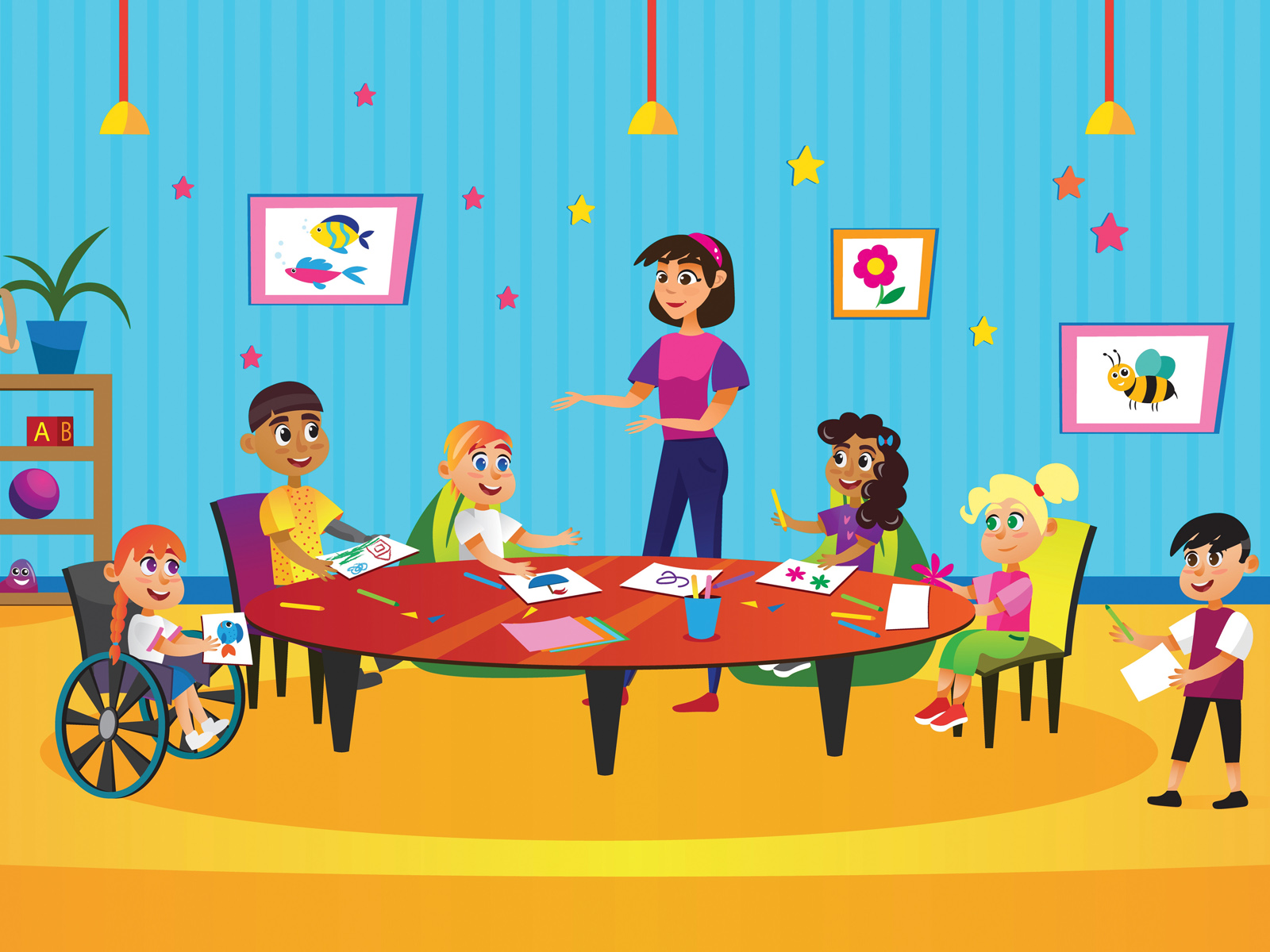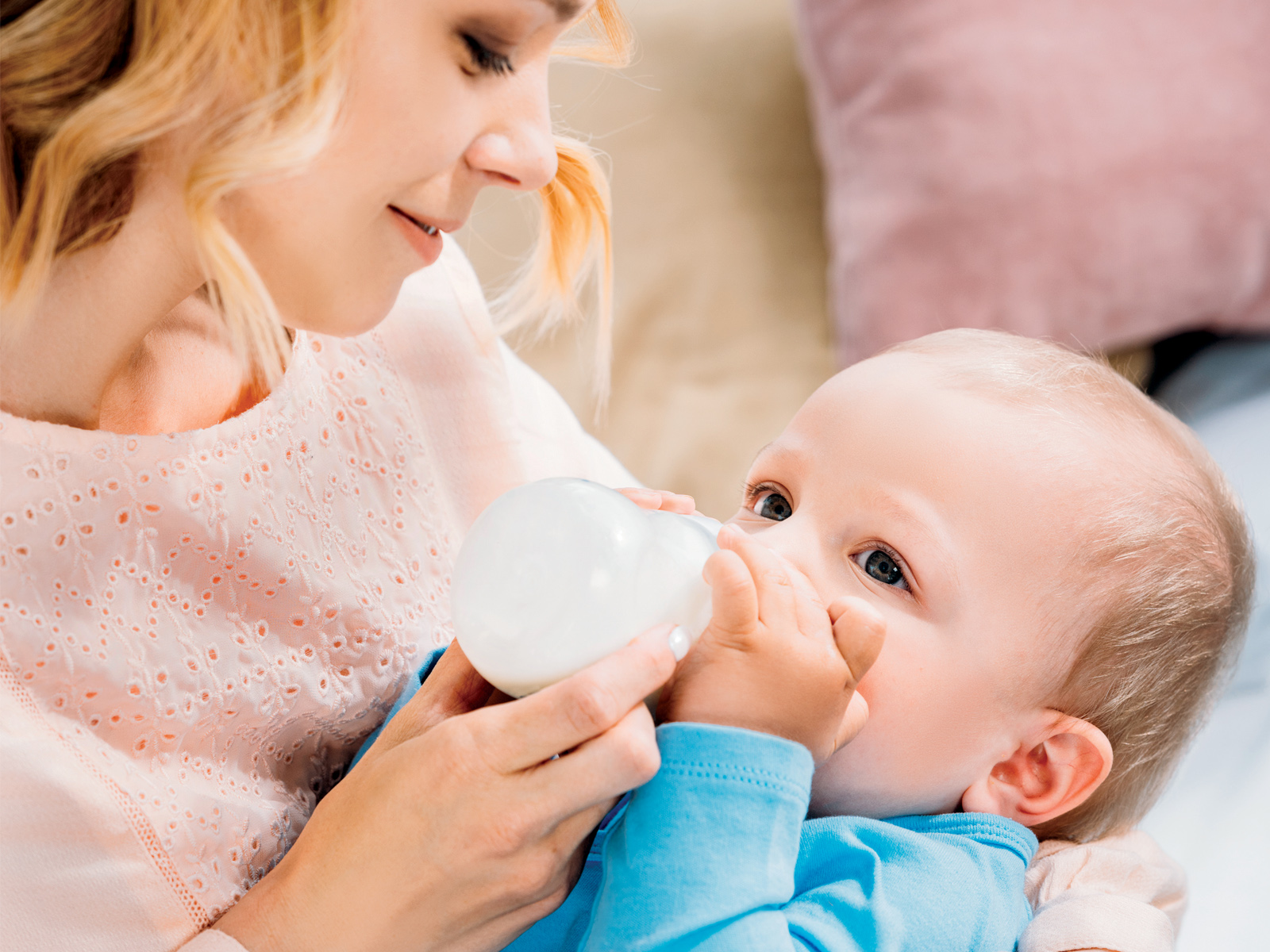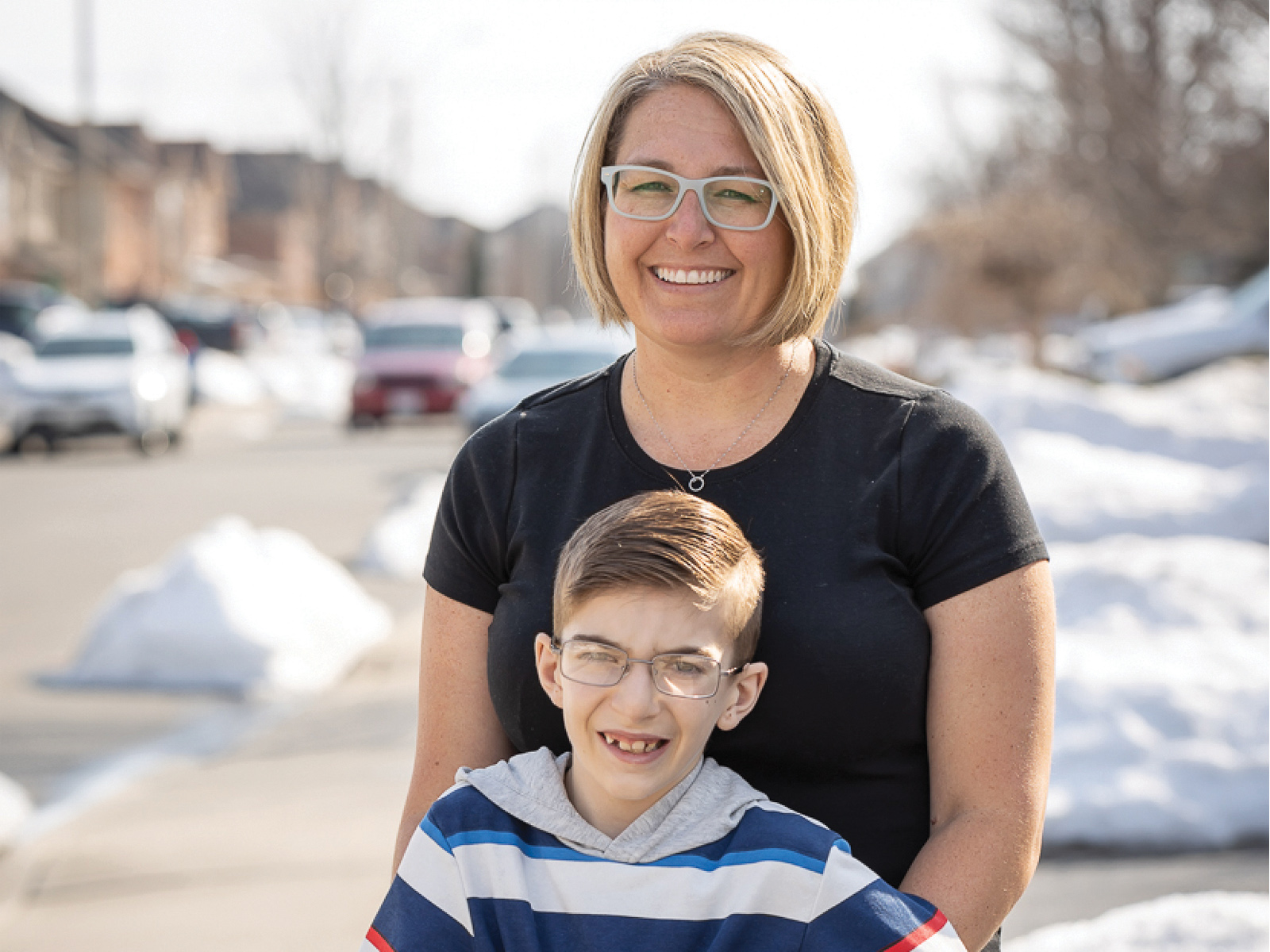By Christie Welch and Amanda Musto
Occupational therapists are regulated health professionals. They help people to do the things that are important to them. For children and parents, these are everyday things that children engage in at home and at school, like writing, eating, learning to walk, playing with friends, or going to the washroom.
Occupational therapists look for the fit between a person’s skills and the demands of their environments. They work with children to increase skills and to reduce barriers in the environment, so that children can participate at maximum levels. An OT may recommend equipment to help with positioning and mobility, exercises to help strengthen muscles, games or toys to help with social skills and visual motor co-ordination, or calming activities to help with sensory regulation.
Individual benefits
Occupational therapy is a highly individualized service that is co-designed with the child and family according to their strengths, needs and goals. For this reason, the benefits of occupational therapy are also highly individualized, but can include:
1) Improved skills in movement, thinking or socializing
2) Increased independence
3) Better function in home, school or community through use of helpful strategies or equipment.
A child does not need to have a diagnosis to see an occupational therapist, and a child who does have a diagnosis may not need an OT. However, parents can consider talking to an occupational therapist whenever they want their children to build skills in any of these areas:
• Gross motor skills (sitting, crawling, walking, jumping, riding a bike, running, throwing a ball)
• Fine motor skills (cutting, printing, fastening buttons)
• Visual perception/visual motor skills (matching, printing, copying)
• Oral motor skills (chewing, drinking)
• Sensory processing (sensitive to noises/textures/smells or seeking excessive movement/touch/deep pressure)
• Play and toy use
• Socializing with peers
• Self-regulation (issues with emotion and arousal regulation, attention, aggression, impulsivity)
• Self help- getting dressed, going to the washroom, taking a bath/washing hair
Looking for an OT?
Your child may be able to access occupational therapy through school or childcare, community services like infant development, or home care, or ask your child’s doctor about a referral. Some occupational therapists offer private therapy for children, which is paid for out of pocket or by extended health benefits. More information on Occupational Therapy in Ontario can be found at www.coto.org or www.caot.ca.
Christie Welch is an occupational therapist, primarily in paediatrics. She currently serves as Lead for Early Learning and Development at Holland Bloorview Kids Rehabilitation Hospital. She is in the final year of her PhD program at the Rehabilitation Science Institute of the University of Toronto, Faculty of Medicine.
Amanda Musto has earned her Bachelor of Science in psychology from the University of Toronto and then attended the University of Western Ontario for Occupational Therapy. Amanda also teaches a specialized ballet class for children with disabilities.














